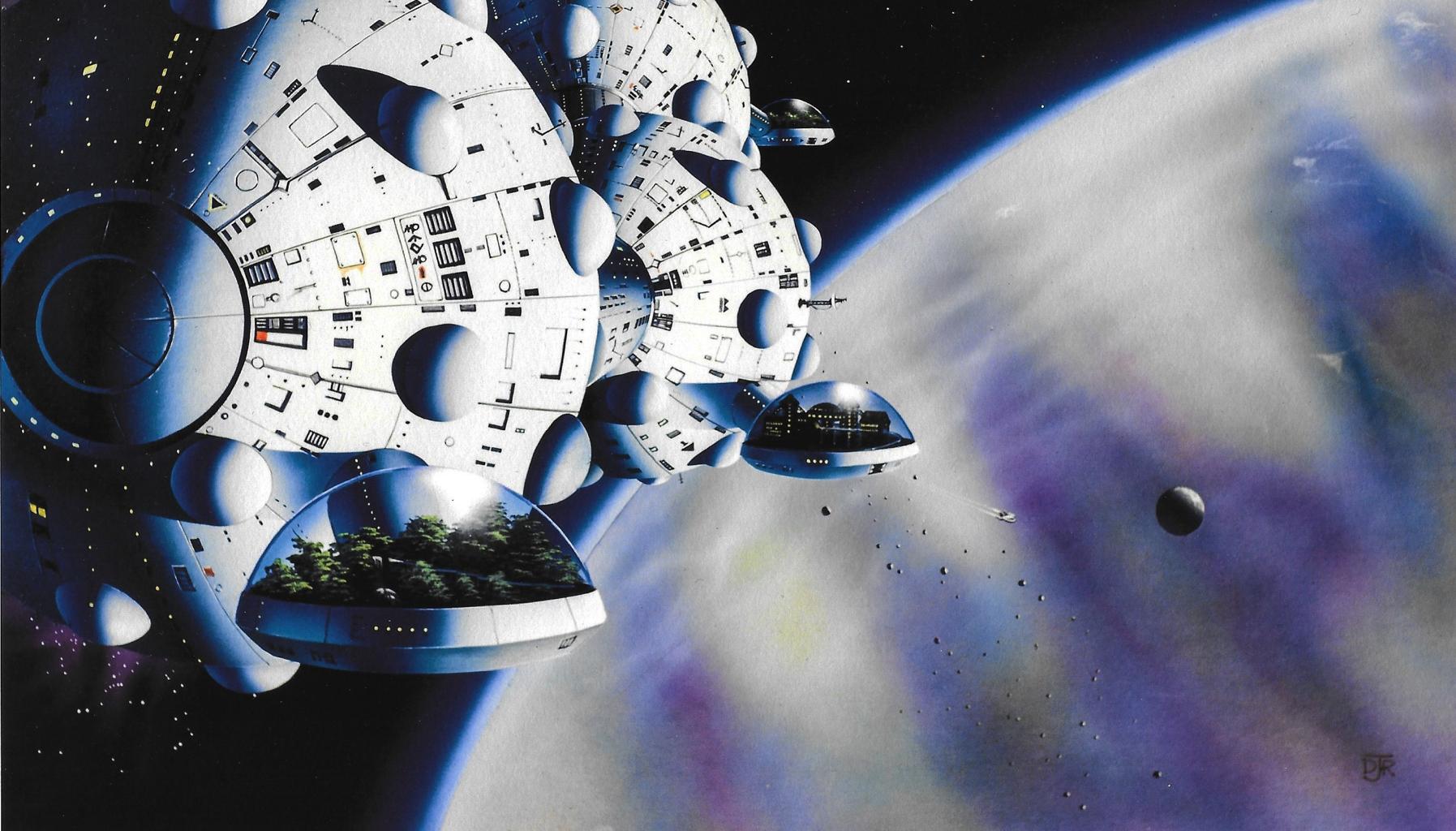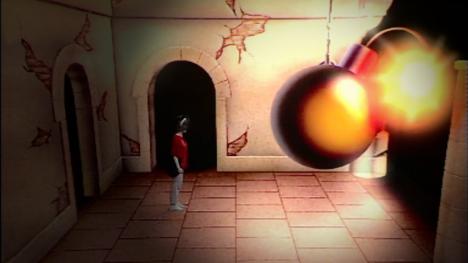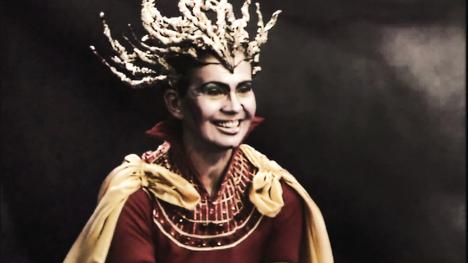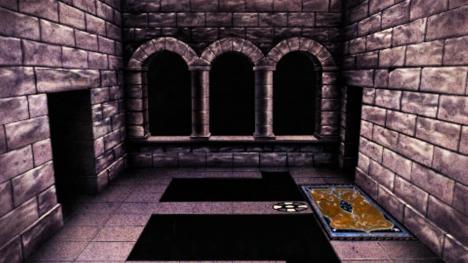Jason Karl gives an introduction to The Satellite Game, Knightmare's sci-fi sister show from 1990.
Jason, known as Julian Smith when he was winning dungeoneer of Knightmare Series 2 Team 10, was later a contestant on The Satellite Game. He has kindly shared his collected information and first-hand knowledge of the series with Knightmare.com.
The programme
A combination of computer game, science-fiction adventure and social satire, The Satellite Game was the first programme specifically commissioned for British Satellite Broadcasting (BSB) and was ordered without a pilot being made. First broadcast on Saturday 5th May 1990 on BSB’s Galaxy Channel, a total of 38 25-minute episodes were made.
The Satellite Game challenged three "mission commanders" to remotely instruct a robot called LARI to infiltrate a huge alien satellite filled with puzzles, traps and hostile forces and defuse its explosive core to save the Solar System. If the LARI unit was destroyed, the mission would end and the contestants would fail.

Like Knightmare, gameplay was rolling: suspended at the end of each episode to be continued in the next, following a ‘resumé’ of the mission commanders' achievements to date.
Following the merger of British Satellite Broadcasting and Sky in November 1990, The Satellite Game hasn't had any repeat showings. This meant it was outlasted by Knightmare which continued on CITV until 1994. It was also succeeded by other Broadsword Television series: Cyberzone, TimeBusters and Virtually Impossible.
Tim Child devised and produced The Satellite Game. In his article for this website about how Knightmare evolved, he wrote:
'The Satellite Game was not completely awful, but it was fairly dreadful! It suffered badly from my own attempts to make it as unlike Knightmare as possible, and from the fact that early runtime Virtual Reality images, were just not up to the task. VR may have been capable of delivering real choice, but it looked so disappointing that the exercise really wasn’t worth the candle. However, just by learning that VR wasn’t ready to deliver atmosphere and high fidelity virtual scenes, we learned enough to save Knightmare from a disastrous early experiment with this emerging genre.'
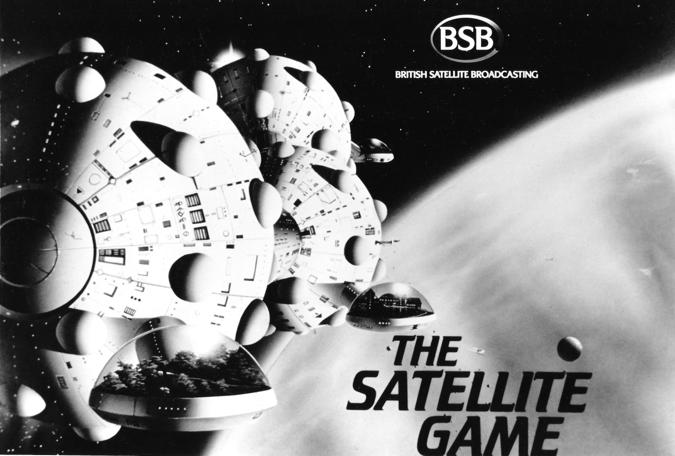
The scenario
In the future, the Guardians of Galactic Integrity have been monitoring Earth by watching thousands of hours of satellite television. They have judged humankind unworthy of existence.
A gargantuan satellite bomb sent by the aliens is now orbiting Jupiter. Known as Enigma, it has enough anti-matter explosive potential to destroy our sun.
Our last hope of salvation lies in infiltrating Enigma and overcoming its challenges. Conveniently (for a children’s TV show) only young people can stand close contact with Enigma, and more conveniently still (for an episodic rolling game) only for a limited period.
As with the Knightmare dungeon, a typical mission on Enigma involved several locations and characters.
For each successful mission, a further 10-year grace period would be awarded to humanity.
Production
Like Knightmare, The Satellite Game was made at Anglia Television’s Studio E in Norwich. The series was recorded between 2 January and 5 February 1990, following a lengthy rehearsal and preproduction period.
The Travelling Matte Company, who created many of Knightmare’s game environments, produced hundreds of virtual miles of 3D computer generated worlds for The Satellite Game, as well as various animated threats and hurry-ups which would be used in gameplay. The preproduced animated computer sequences were stored on videotapes and provided for an almost endless variety of possible outcomes the game might take.
The studio was set up in much the same way for Knightmare, with huge blue Chromakey voids and a live set in the form of the interior of a space shuttle for the mission commanders. Like its predecessor, the production design laws of all elements inside Enigma were dictated by two geometric master grids which matched precisely with the blue voids used to record the droid and actors.
LARI – the Lightly Armed Robotic Investigator, was actually two separate but different sized mechanical models. One was over 5 feet tall, the other 1 foot tall. Each was used in different kinds of shots depending whether a live actor was in the same shot as the droid, or whether the action was being recorded from a wider perspective. The movement of both models was controlled by technicians using handheld remote controls.
LARI was voiced by David Learner, who went on to play Pickle the elf in Knightmare Series 4-6 (1990-92).
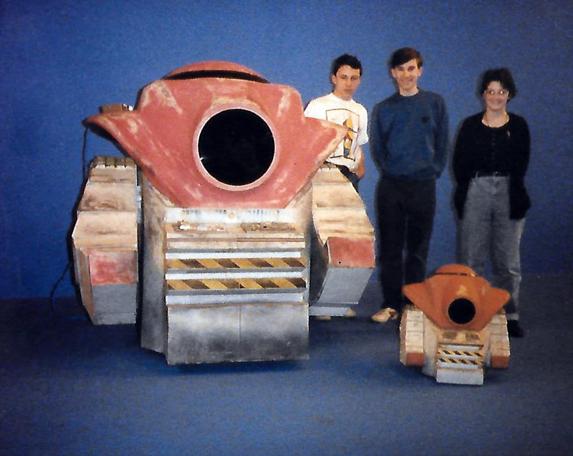
Mission commanders
Contestants for The Satellite Game had to be aged between 11 and 16 and were sought via a series of articles published in sci-fi and computing publications. Broadsword Television sent out 500 application forms and selected 60 teams for audition. From the auditions 30 teams were selected for possible use in the series, and most of these appeared on the programme.
Around a third of the teams were Americans recruited from the Bentwaters Air Base in Suffolk. Tim Child had plans for a US format sale and featuring American contestants may have helped; similarly, he featured American contestants in Lords of the Game, his 1992 pilot of Knightmare for the US market.
As a previous winning dungeoneer of Knightmare, I was lucky enough to be contacted by Broadsword Television and invited to appear on The Satellite Game, without re-audition.
The mission commander uniform was a silver metallic spacesuit over their own clothes. The suits were made of separate tops and trousers with Velcro cuffs at the hands and feet. And, for reasons which never became clear, we were required to wear red aeroplane slippers while in the Shuttle set
A combined team effort from all three mission commanders was the only way that LARI could successfully be driven during Simuscan mode. Each mission commander had a joystick on their command chair:
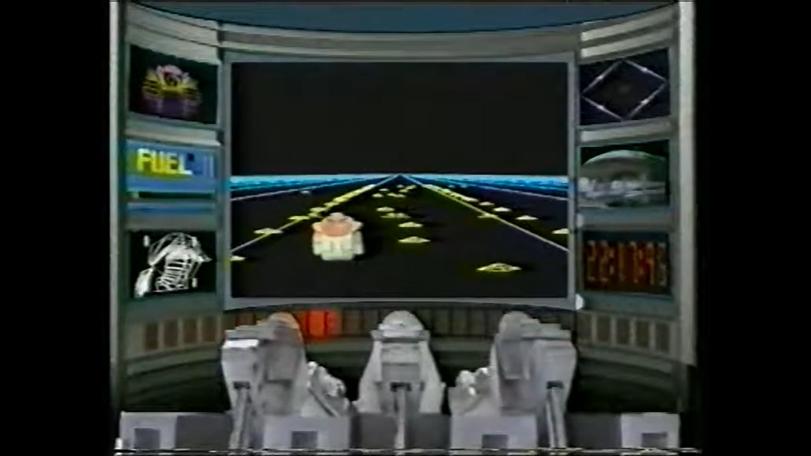
Successful mission commanders were awarded a certificate and a golden medal in the shape of the Enigma Satellite on a red ribbon (sent later).
Coco bided farewell to successful mission commanders with: “this device salutes you”.
